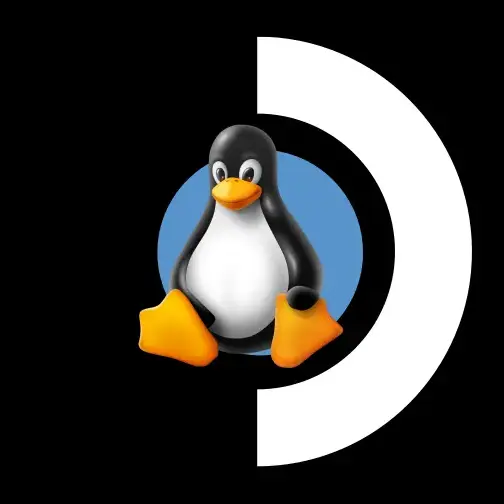

Plex is closed source and gradually being enshittified. You might not leave today, but you should have an exit plan.


Plex is closed source and gradually being enshittified. You might not leave today, but you should have an exit plan.


One issue I could see is using it not as a second opinion, but the only opinion. That doesn’t mean this shouldn’t be pursued, but the incentives toward laziness and cost-cutting are obvious.
EDIT: One another potential issue is the AI detection being more accurate with certain groups (i.e. White Europeans), which could result in underdiagnosis in minority groups if the training data set doesn’t include sufficient data for those groups. I’m not sure if that’s likely with breast cancer detection, however.


There’s also calibre-web for a self-hosted option with a web interface.


btrbk works that way essentially. Takes read-only snapshots on a schedule, and uses btrfs send/receive to create backups.
There’s also snapraid-btrfs which uses snapshots to help minimise write hole issues with snapraid, by creating parity data from snapshots, rather than the raw filesystem.


Putin and Trump are best friends so you might expect Russia to follow. But perhaps Putin wants to show he’s the dominant one in said relationship.
True, although it’s nice to have a web UI. And I haven’t tried it myself but there’s Forgejo actions which seems useful if you need it.
Traditional server-based self-hosting will have lower average uptime, will be easier to attack, and will have a much higher chance of disappearing out of nowhere (bus factor event, or for any other reason).
It’s not a single point of failure at least but if your particular project is targeted then yeah. I was thinking more about using it for private repos, where it isn’t public at all but that’s a separate case.
This is a good argument for self-hosting Forgejo (which is quite simple compared to gitlab from what I hear).
But good to see they are standing up to this shit.
Feels slightly hyperbolic. Atlus’s games are mostly turn based and seem to have sold in only somewhat worse numbers compared to FF7 remake (Persona 5 in particular). One series (Yakuza / Like a Dragon) even switched from action combat to turn based.
Anyway, I found the combat to be kind of forgettable and didn’t really add to the game, although I understand there have been improvements in the second game.


Not the modern X.com to be clear; Musk just has a weird fetish for the letter X like an edgy teenager.


I’m not arguing in the slightest that FLAC shows an audible difference in most cases for most tracks. However, it just makes sense as an archival format given it’s lossless which means you can transcode to any other format without generational loss.
This means if there is a massive breakthrough in lossy compression in the future, I can use it for mobile purposes. If you store as lossy, you’re stuck with whatever losses have been incurred, forever.


Could be useful for web articles and scientific papers too (if it could be configured to ignore reading out all of the boiler plate and citations).


Store the original library as FLAC, then transcode on-the-fly (or once if you don’t want to use something like Navidrome or Jellyfin).


The main benefit to lossless is for archival purposes. I can transcode to any format (such as on mobile) without generational quality loss.
And it means if a better lossy format comes out in the future, I can use that without issue.


There are better lossy formats, like opus.
But MP3 still has its place as it’s supported everywhere.


There’s likely a firewall on the system that hosts the docker services, and docker’s default bridge rules bypass it when publishing a port. And since the docker rules are prioritised, it can be quite difficult to override them in a reliable way. I personally wish that the default rules would just open a rule to the host, but there might be some complexity that I’m missing that makes that challenging.
I personally use host networking to avoid the whole mess, but be aware you’ll have to change the internal ports for a bunch of services most likely, and that’s not always well-documented. And using the container name as the host name won’t work when referencing other containers, you’ll have to use e.g. localhost:<port number> even inside the network.
You can do the bind to localhost thing that others have mentioned, as long as the reverse proxy itself is inside the docker network (likely there are workarounds if not).


It’s the alpha version of the controller (or some mockup). The retail controller  doesn’t look quite like that.
doesn’t look quite like that.
I use NixOS so if an update breaks, I just roll back. And since it’s effectively a rolling release distribution there isn’t any risk of being left behind on an outdated version.


It uses the Calibre database but isn’t a frontend per se. With care, you could share the db between the two, and just call up the desktop version when dedrm is needed. There’s also a docker mod with the LSIO container but I think it only supports format conversion.
If you mean the order the libraries are listed in the web interface, you change that from “User settings” -> “Home”.